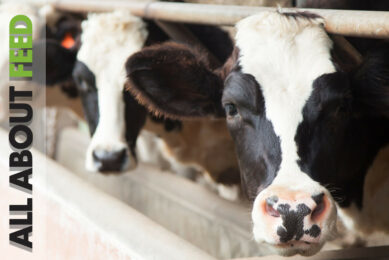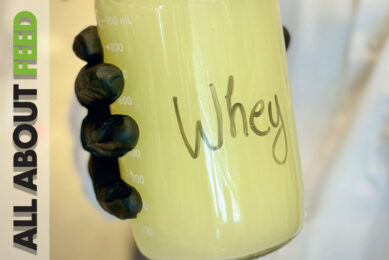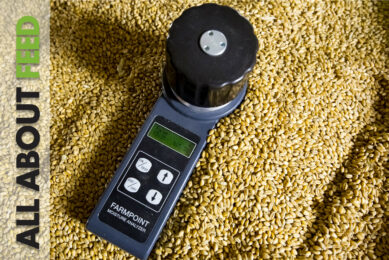Poultry nutrition a highlight in All About Feed 9
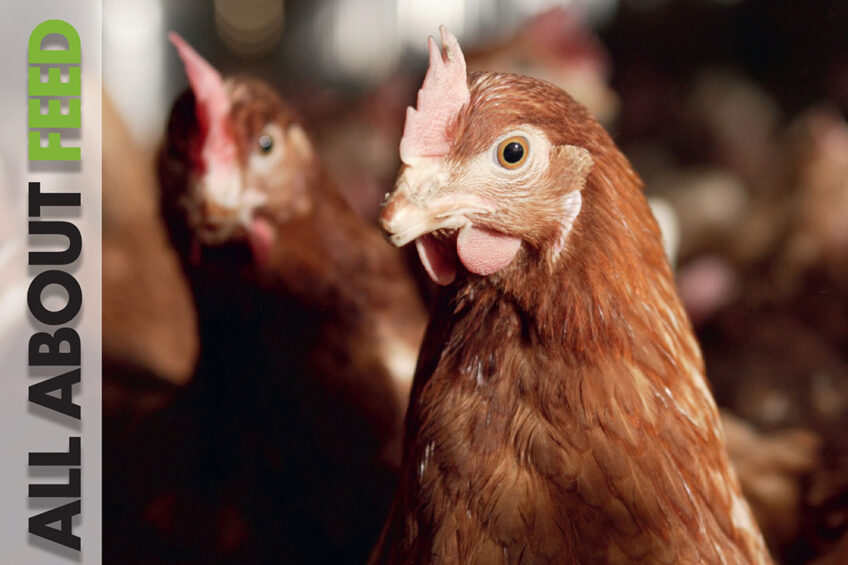
In this edition of All About Feed we examine the effects of supplementing a basal diet for laying hens with genetically engineered barley seeds. In Ukraine, grain businesses are battling under exceptional circumstances – could long-lasting consequences be felt in the global feed industry? We find out. This and much more in this latest edition, which is online now.
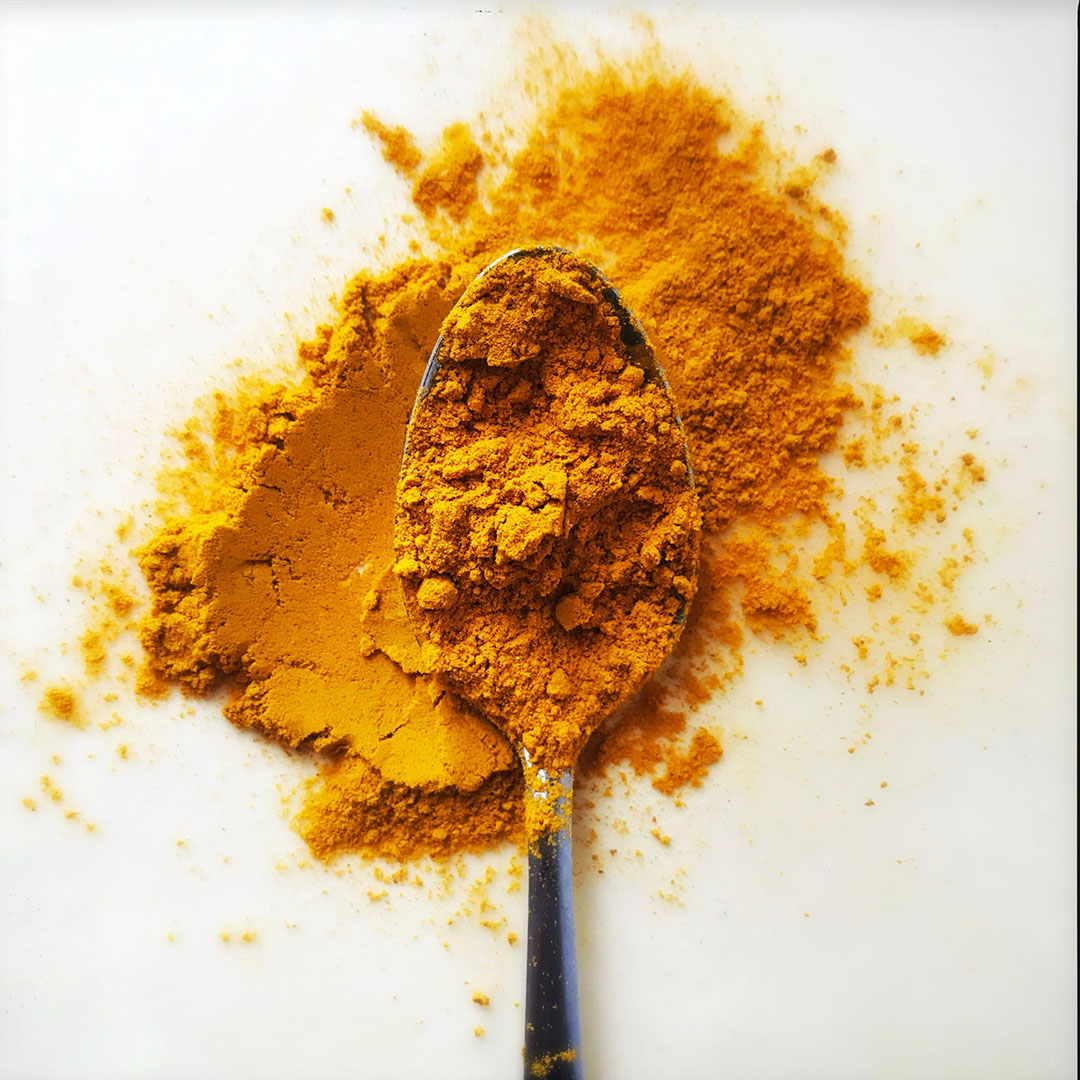 Effect of dietary turmeric on poultry performance
Effect of dietary turmeric on poultry performance
Turmeric is a medicinal plant with antifungal, immunomodulatory, anti-oxidative, and antimutagenic effects. This article considers the impact of dietary turmeric supplementation on poultry.
Dandelion polysaccharides: A potential feed additive for laying hens
Researchers have found that dandelion polysaccharide supplementation in the diets of laying hens improved production performance. This was associated with the regulation of the caecal microbiota, which plays a key role in poultry health and production.
Boosting broiler growth and gut health with selenium nanoparticles
Researchers employed Bacillus subtilus DA20 isolate to produce eco-friendly selenium nanoparticles that were shown to be beneficial for growth performance, carcass characteristics, and gut health in broiler chickens.
An emerging protein source: single-cell protein
Single-cell proteins have a very high protein content (60-80%) on a dry matter basis, contain large amounts of critical livestock amino acids, as well as fats, carbohydrates and minerals. Current developments are demonstrating some maturation of the sector in a commercial sense and widespread production for livestock feed can be expected.
Combining poultry by-product with BSF to replace fishmeal
The Asian seabass is an important carnivorous fish species in aquaculture due to its rapid growth, high nutritional value, and adaptation to freshwater and seawater environments. The species requires a high protein intake, which is largely obtained from costly fishmeal. Researchers have shown how the inclusion of BSF larvae meal in combination with poultry by-product meal is effective in entirely replacing fishmeal in the diets of seabass.
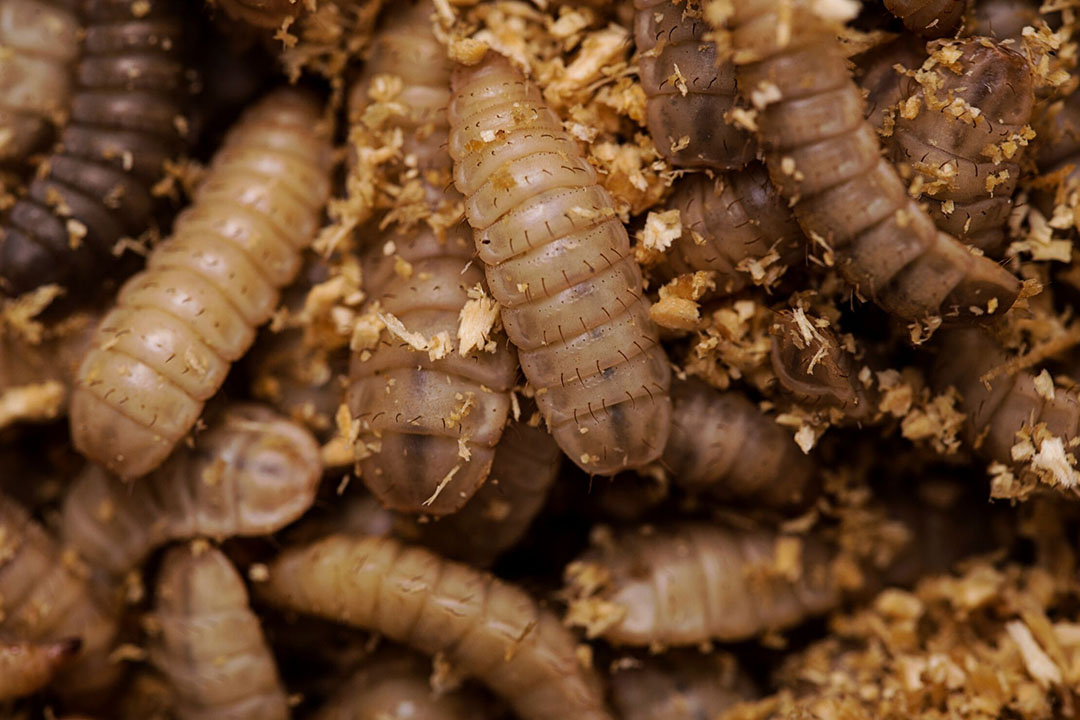
Application of rumen modifiers in dairy cow nutrition
Rumen modifiers in cow diets improve feed efficiency and decrease rumen methane production. While rumen modifiers are no substitute for proper feeding management, this article considers various rumen modifiers, including probiotics, red seaweed, and plant components and extracts.
Dietary supplementation of carbohydrate-active enzymes
Supplementing feed with exogenous enzymes such as carbohydrate-active enzymes can increase nutrient digestibility, reduce ammonia emissions by livestock due to enhanced nutrient assimilation, and improve gut health and growth performance.
Lowering crude protein levels in pig feed
Lowering crude protein levels in pig feed can result in environmental advantages. At a gathering in the Netherlands arranged by Metex Animal Nutrition, novel insights were shared about how to make sure pig performance is not at risk.
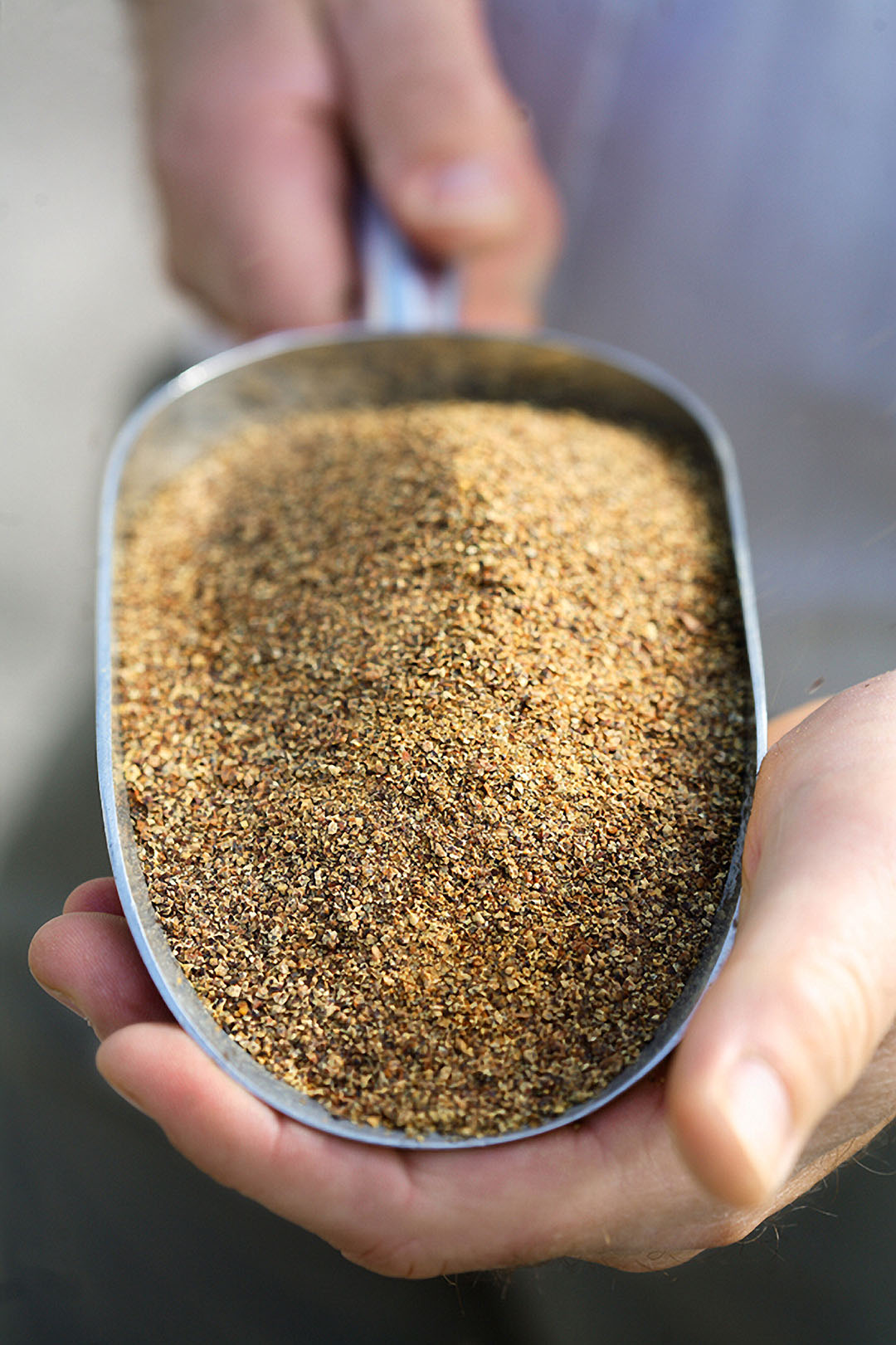 The dynamics are changing for canola meal production in North America
The dynamics are changing for canola meal production in North America
Major changes can be expected in canola meal production in North America over the next couple of years due to changes in Canadian crushing capacity. Int his article we look at canola meal in feed, new research in beef heifers, and existing and new markets.
Top 5 impacts of organic acids in pig diets
Organic acids have shown to offer numerous benefits, and their use as potential alternatives to antibiotics has been recommended. The most used organic acids in pig diet are short-chain fatty acids such as formic acid, propionic acid, butyric acid, acetic acid, citric acid, and malic acid. But, what is the impact of organic acids in pig diets?
Column: How do I convince a vegetarian?
In this column, senior swine consultant Maro de Mik, says that when it comes to the environmental impact of meat, there are many half-truths being. In this regard, we only have to answer 1 question: how do we feed all the people on the planet with minimal impact on the environment?





